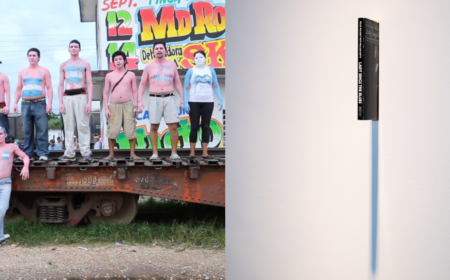Sharon Daniel

The Inupiaq village of Kivalina is crowded into the southern tip of an extremely narrow barrier reef island above the arctic circle in northwest Alaska. The community was forcibly settled at this precarious site in the early twentieth century by the US government. In 2006, the Army Corps of Engineers concluded that rising sea levels and coastal erosion, exacerbated by global warming, would render Kivalina island uninhabitable within 10-15 years. The island continues to lose ground, but a move has not yet happened.
In 2008, the village of Kivalina brought a lawsuit against 24 oil, energy, and utility companies. The lawsuit argued that as a result of climate change the Arctic sea ice that protects Kivalina has been diminished, causing coastal erosion which would require relocation. A Federal court dismissed the motion, and the Supreme Court upheld this decision.
I was invited to Kivalina in 2012 as part of a relocation initiative organized by designers and architects in collaboration with community leaders. With a longstanding documentary practice focusing on the criminal legal system and the prison industrial complex, my work in Kivalina is part of a larger effort to examine and address structural and environmental racism. Working with community members, I aim to communicate some of the histories and systems at work in Kivalina as well as the ongoing struggles for relocation and redress.


